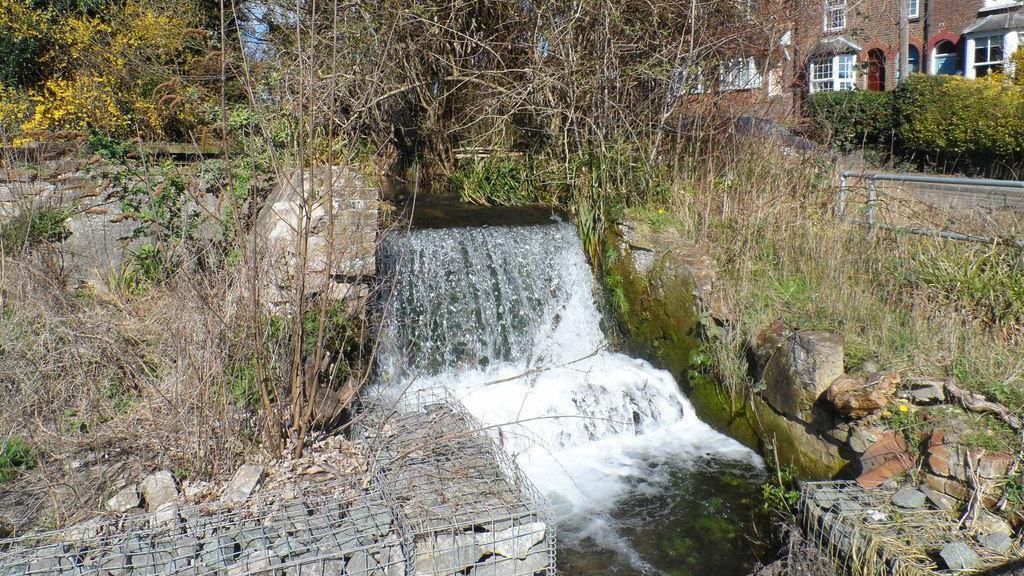Tree roots and crayfish blamed for path closure
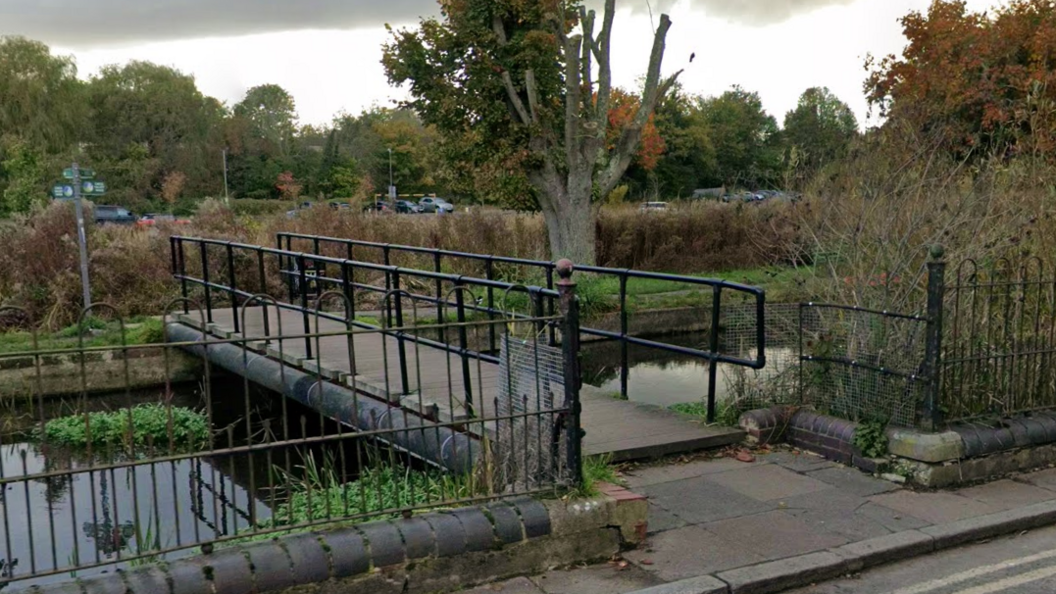
The footpath has temporarily closed after structural damage left parts unsafe for pedestrians
- Published
Invasive crayfish and tree roots have caused serious structural damage to a well-used walking route, forcing its temporary closure, a council said.
The affected footpath runs between Kitty's Bridge in Waterside and the railway bridge over Moor Road in Chesham, Buckinghamshire.
Investigations revealed that the concrete riverbank supporting the path had been weakened over many years by natural and ecological pressures.
The damage has caused the concrete to lean by around 25 degrees towards the river, prompting a £15,698 emergency repair project approved by Chesham Town Council.
The roots of an old elder tree and a dense bramble thicket split the bank, allowing water to leak into Moor Marsh.
At the same time, non-native signal crayfish burrowed under the foundations, undermining the structure and contributing to the collapse.
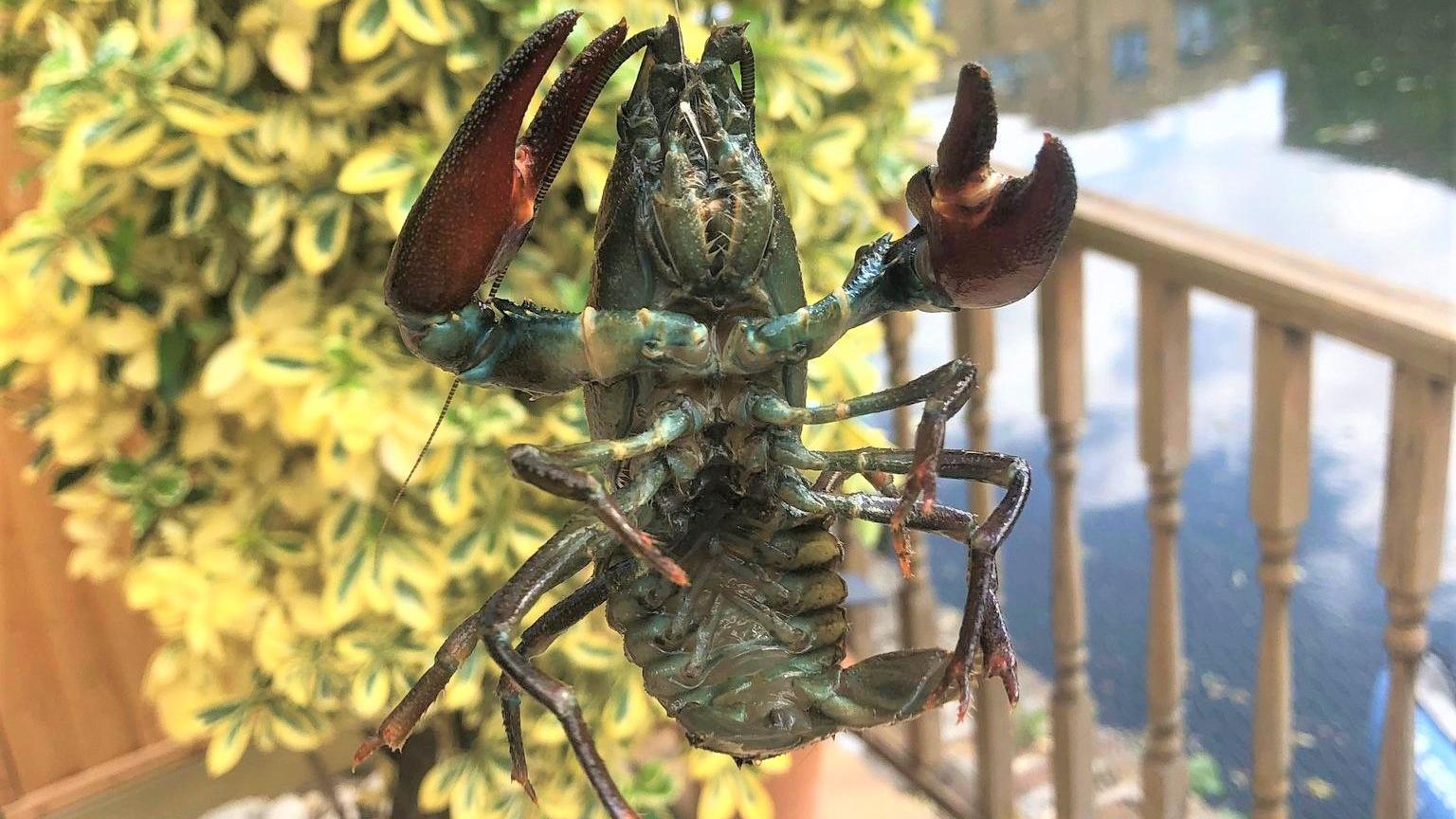
The non-native American signal crayfish is known to burrow into foundations and the banks of rivers and canals
With support from Buckinghamshire Council's Rights of Way team, Chesham Town Council closed the route in early September to allow contractors to assess the damage.
Their report found the path had been built to a lower standard than expected, with only a single layer of tarmac and no underlay, making it more vulnerable to cracking.
A council spokesperson said: "There is currently no effective control method for signal crayfish, so they will continue to cause damage along the length of the concrete riverbank.
"There is a real risk of bank collapse and flooding," they added.
Emergency repairs have now been authorised to make the path safe and reopen it to the public.
The work involves infilling the base with large flints, topping with aggregate, and resurfacing with new tarmac.
The council said prompt action avoided higher costs, as returning contractors - who estimate the work could last between two and five years - would have added further expense.
Environmental checks were carried out before work began, including a water vole survey and consultation with the Environment Agency.
The council said the repairs would restore safe access and improve recreational facilities for residents.
Get in touch
Do you have a story suggestion for Beds, Herts & Bucks?
Follow Beds, Herts and Bucks news on BBC Sounds, Facebook, external, Instagram, external and X, external.
- Published16 July 2024
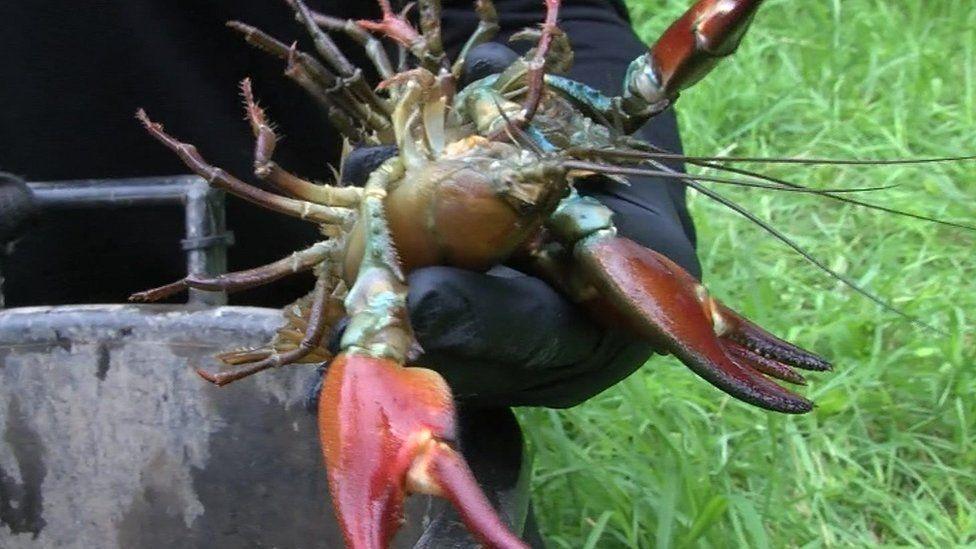
- Published18 May
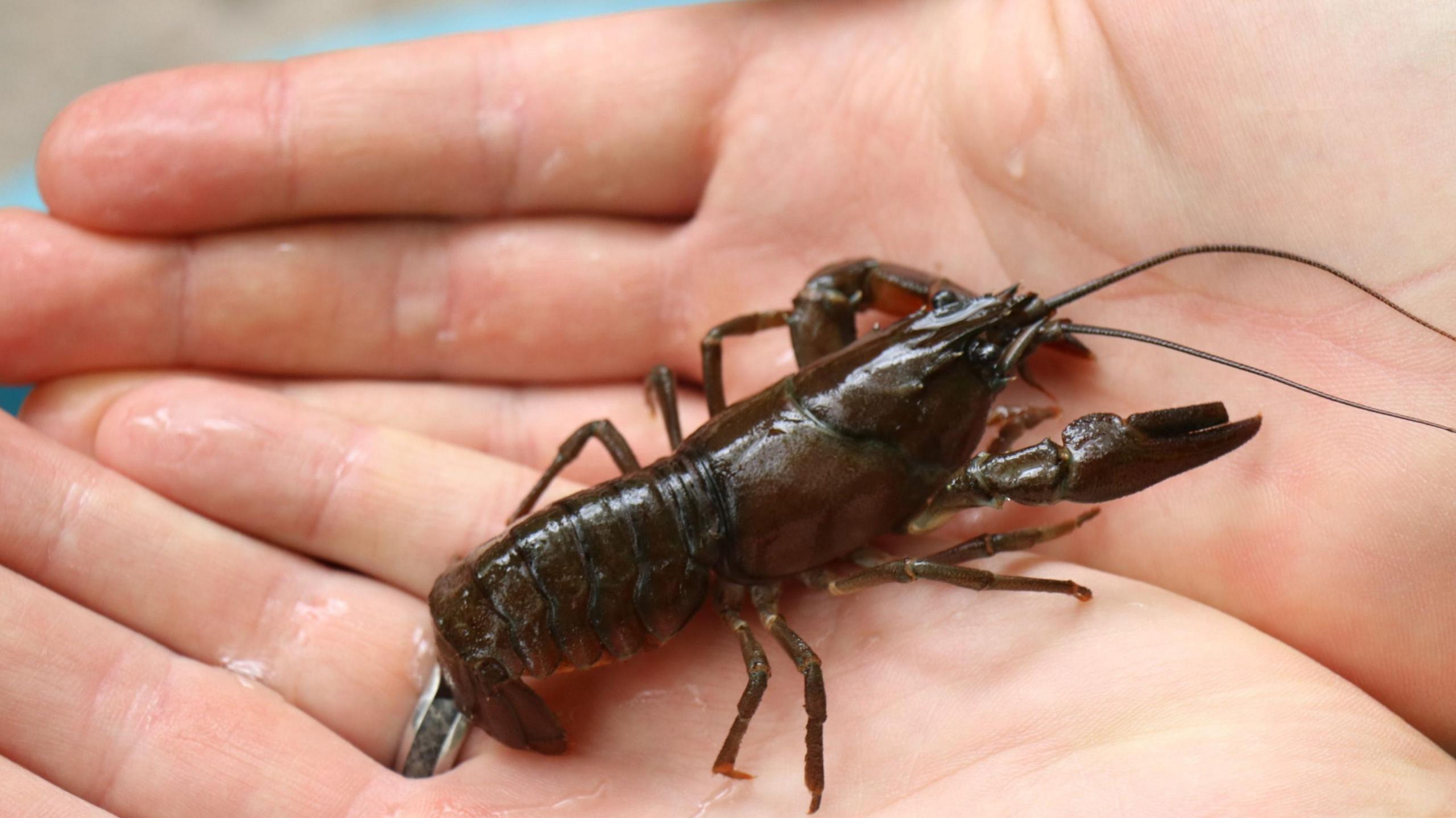
- Published13 September
